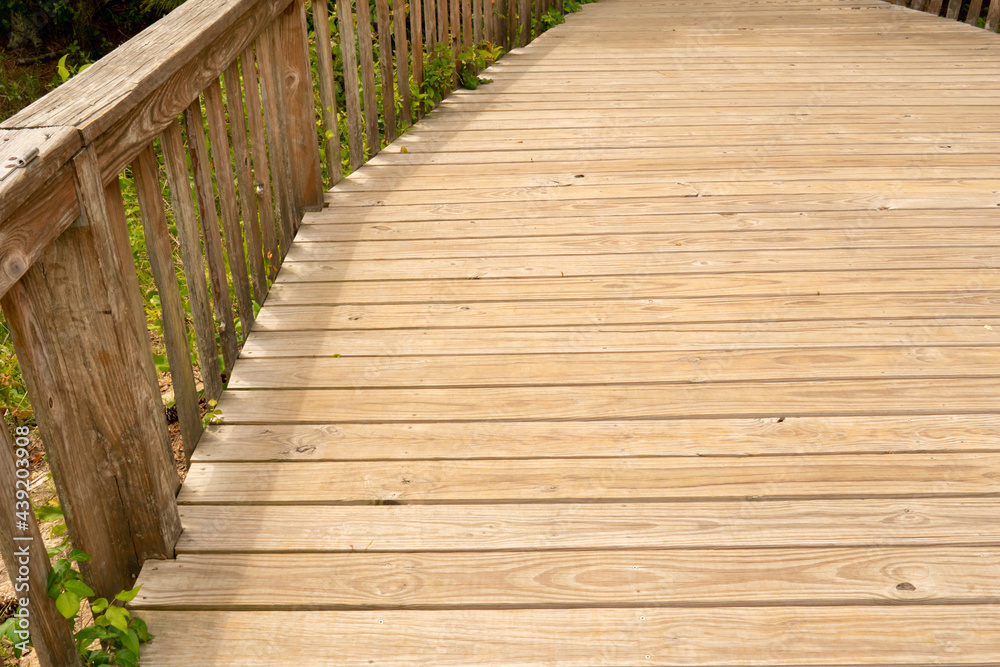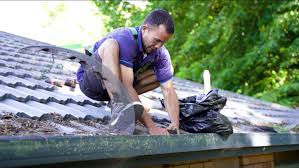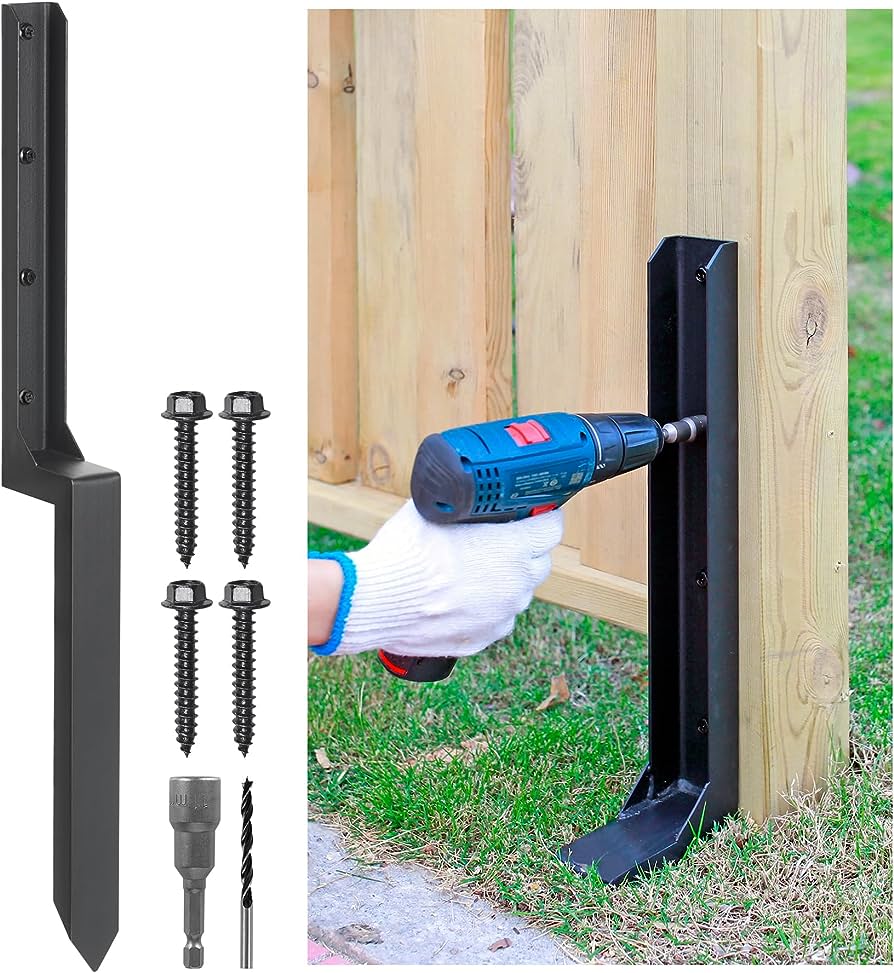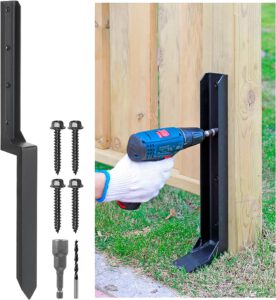The first step in deck building is to prepare the ground for construction. It involves clearing the area and removing any large weeds. Then, it would be best if you dug holes for the footings. In cold climate zones, these must extend below the frost line. Ask the professionals from https://deckbuilderscharleston.com/ to get the best deck for your home. It is best to start building the frame against the house, as the ledger board offers a stable surface to pull measurements from and fasten joists.

Decks can be a great place for relaxing or entertaining. But, to build the perfect deck, you must first choose the right materials. There are many different options for decking, from natural woods to concrete and fiberglass. Choosing the best material for your deck will ensure its durability and longevity.
Different decking materials react differently to sunlight, weather, and temperature and should be considered when selecting your fabric. For example, redwood withstands moisture better than pressure-treated pine. However, it is more expensive and requires periodic reapplication of a protective sealant. Another option is tropical hardwoods like ipe (ee-pay), which are naturally resistant to mold, mildew, and termites but can be costly and difficult to work with.
Aside from the main decking, you must purchase various tools and supplies to complete your project. You will need multiple power and hand tools, including a circular saw, a table saw, a drill, a hammer, and a tape measure. In addition, you will need a sander to smooth out rough edges. It would be best to consider purchasing a router with a decorative or round-over bit to add more custom looks to your deck.
Before beginning construction, you must submit a site plan and a building permit application to your local zoning department. The site plan will need to show the location of your deck and its relationship to any setbacks or easements. The building permit will require a full set of plans for your patio, including a plot plan, beam and joist details, railing design, and ledger attachment details.
Inspections will be needed during the deck-building process to ensure all construction is up to code. Common assessments include footing inspections before concrete is poured, a framing inspection before any deck portion is covered, and a final review to verify stair height, railing dimensions, and other structural details.
For a less maintenance-intensive deck, you can choose to use synthetic lumber. Synthetic lumber is made of vinyl and polystyrene, which can withstand harsh weather conditions and are easy to clean. Consider a low-maintenance deck made of composites or PVC, impervious to weather and insects, and requires no staining or sealing.
Decks are one of the most common construction projects that homeowners undertake. They are also among the simplest, requiring minimal construction time and expense. However, if you want to build a deck, you should ensure that it complies with your city’s building codes and regulations. It is important because otherwise, you may encounter problems during and after construction. If you need clarification on the rules, consult your local authorities for the necessary information.
The first step in designing your deck is determining how you will use it. It will help you choose the size and layout of your deck. It will also guide your selection of railing and stair designs, which should complement the overall look and feel of the terrace. When planning your deck, it is also important to consider the climate where you live. In cold climates, your deck footings must be buried below the frost line to prevent shifting concrete in frigid temperatures.
There are many different types of deck design software programs available. Some are free, while others require a fee. Paid programs typically offer a wider range of features and tools but may only be appropriate for some users. Many of these programs are targeted at professional designers and architects. However, there are also beginner-friendly options that have a short learning curve. These options typically include premade plans, drag-and-drop functionality, and easy-to-decipher controls.
A good deck design is the foundation of a safe and durable structure. The method of a deck should follow certain guidelines, including footing depth, support posts, and ledger boards. It should also be anchored to the home’s framing with proper fasteners. Additionally, the deck should be centered over the house, and any steps or landings should be level and stable.
Deck design software has a nice feature that lets users create their dream deck with a few clicks. The program allows you to customize your deck, select a composite or pressure-treated decking line, and choose decorative or functional accessories. It also offers a printable materials list, pointing you toward a local retailer or contractor.
Some areas have strict requirements for building a deck. For example, if your property is in a flood zone or within specific drainage channels, you must show that the construction doesn’t affect water flow. It may require a professional plan review. In addition, if the proposed deck is near or over wetlands, you may need to have a site visit with a civil engineer.
You will also need to comply with any setback requirements, such as distances from the deck to property lines and structures. You must submit a plot plan showing the location of your proposed deck and its relationship to existing systems on your property. It will usually require a drawing, and it’s best to use professional property surveying services to get the most accurate results.
Obtaining a permit is time-consuming and frustrating, but it’s necessary for safety and legal compliance. It’s best to start it early in your project and not wait until you’ve already begun construction. Applying for a permit before purchasing construction materials is also a good idea. If the reviewer calls for changes that significantly alter your plans, it could delay construction and cost you money in restocking fees and second delivery charges.
Homeowners may be tempted to skip the permit and build the deck without approval from their local building department. However, doing so can result in significant fines if the work is illegal or unsafe. In addition, homeowners who sell their homes in the future will likely have to disclose any unpermitted deck work, which can decrease the value of a property.
If you hire a contractor to build your deck, they will generally obtain the necessary permits and licenses. It saves you time and stress and helps ensure that your contractor is a legitimate business with a proven track record. Taking on such a responsibility can even foster accountability in contractors. It can help you avoid costly mistakes that could damage your home or endanger the safety of yourself or others.
A custom deck is a substantial investment. However, a well-defined budget can help you achieve your vision within your financial limits. Hiring a professional can also help you avoid unanticipated expenses and ensure that the final project is built to last. Whether planning an addition to your existing home or building a standalone structure, the decking options are endless and can dramatically increase your outdoor living space. A deck builder with a proven track record can translate your dreams into a comprehensive budget plan.
Material costs account for a significant portion of the overall construction cost. The type of wood you choose will affect your budget, as does the size and complexity of the deck. Cedar is a popular choice for its beauty and durability. It is rot-resistant but requires yearly maintenance to maintain its shape and appearance. Redwood is also an option. It is a bit more expensive than cedar but will hold up better in the elements.
Depending on where you live, you may be required to secure a permit for your deck. This cost can range from a couple hundred dollars to a few thousand and is determined by local authorities. Permit fees may be included in the contract or billed separately.
Design and construction labor can add a significant sum to the cost of the deck, with specialized features raising the price. For example, a curved design or multiple levels will require extra framing work. Pergolas and custom lighting or skirting will also cost more than a basic deck.
Additional design features can add a lot to your bill, but you should remember that you can often recoup about 70% of the deck’s cost in increased home value. Some examples of added features include hot tubs, fire pits, dining areas, and pergolas.
Other potential costs include property taxes and homeowners insurance premiums, which should be factored into your overall budget. If you’re building the deck on your own, you might save money by scheduling the installation during winter when contractors have fewer jobs competing for their time.






